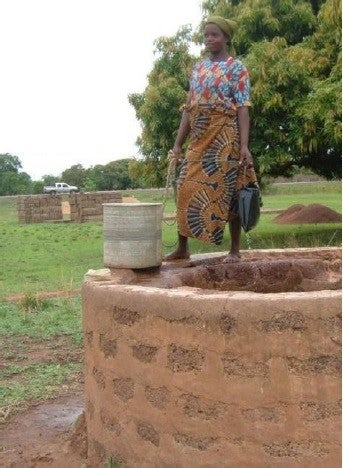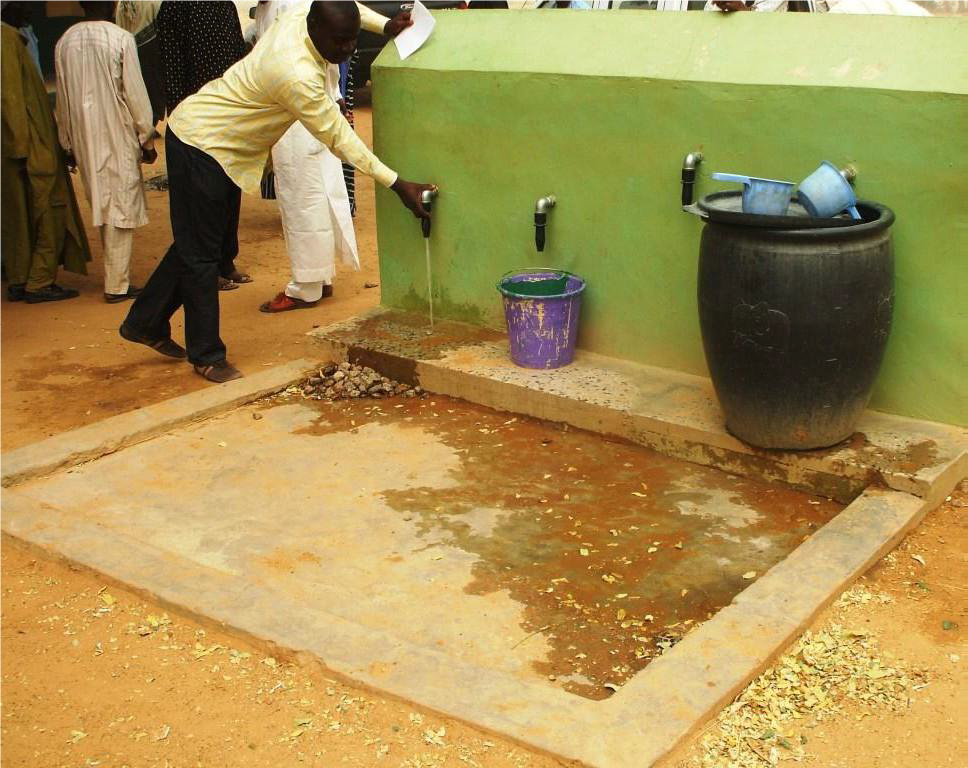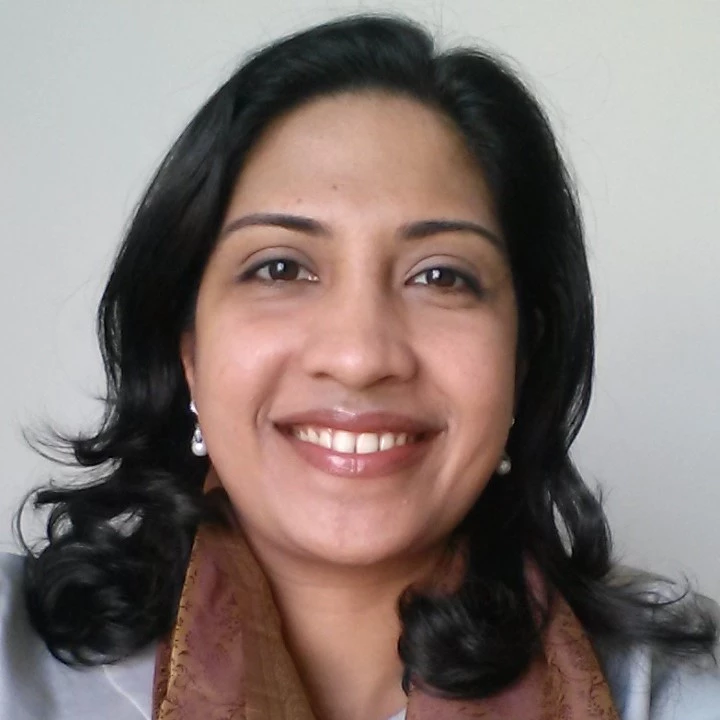“What’s wrong with this picture?” Louisa Gosling of WaterAid asked the participants at her training on Disability-inclusive Water Operations at the World Bank Water Week in March 2017. She pointed to a photo of a woman standing on the wall of a well. It was round and high, the ground around it muddy, and there was no lifting mechanism in sight.
More pictures followed… latrines and water sources with steep steps, narrow doorways, unstable construction without handles or rails. The more pictures we saw, the clearer it became what was wrong - all the facilities shown were inaccessible and dangerous, quite likely impossible to use for many people.

One billion persons, largely in developing countries, live with some form of disability. A World Bank WASH Poverty Diagnostic report conducted recently in Tajikistan found that 55% of surveyed households had at least one household member facing some level of difficulty with core functional domains such as walking, seeing, hearing, cognition, self-care and communication (see The Washington Group Short Set of Questions on Disability for further explanation). Nine percent of the households indicated that they have at least one household member experiencing these difficulties at the highest level of severity. Persons with disabilities experience physical, social, and institutional barriers to water and sanitation access.
Accessible water and sanitation infrastructure is crucial for going to school, holding down a job, and participating in the community for all persons across the spectrum of disability. Creating accessible infrastructure isn’t just the right thing to do – it makes economic sense as well. That’s because it benefits not only persons with disabilities, but also family members who take care of them, freeing up their time and resources. It provides easier access for women carrying young children, pregnant women, older persons, and those with temporary injuries and disabilities, a group particularly visible in conflict-affected and fragile areas.

Often, simple adjustments can be the most transformational. Adding a ramp, handrails, navigation aids, a wider entrance, or making a path wide enough for a wheelchair to pass – these things can make all the difference between independent living and waiting all day to use facilities others take for granted, or bearing additional expenses to hire assistants or helpers.
The good news is that when it is part of the planning process, and not an afterthought, making infrastructure more accessible is not expensive. Estimates vary, but the cost of accessible WASH facilities is generally less than 3% of the total cost of the project – a small investment with huge benefits for all.
For the first time in our history, the World Bank has produced a guidance note, Including Persons with Disabilities in Water Sector Operations (2017), to offer water sector practitioners strategies and resources they need as they work towards inclusive water and sanitation systems.
It is not ‘rocket science.’ Tools, such as those created by the Water, Engineering, and Development Centre (WEDC) and WaterAid, are available to identify the different types of access barriers. At her training session, Louisa suggested that a useful way to identify solutions to the physical-environment barriers is to consider “getting there” and “getting in/on/near” when designing water and sanitation initiatives. For example, “getting there” refers to providing smooth, clear paths to water and sanitation facilities, while “getting in/on/near” refers to minimizing the difference between apron and surrounding areas (shown in Photo 2). The guidance note points to several good practices and resources.

How can we make water resources and services more inclusive at a systems-level? The Guidance Note proposes a dual approach. First, mainstreaming, which means incorporating accessibility into all design and consulting with persons with disabilities. Second, disability-specific actions, such as adapting facilities for persons with disabilities and building the capacity of water practitioners on disability-related needs.
In short - we need to ask the right questions, ensure the voices of those excluded are heard, involve persons with disabilities in implementation, build practitioner capacity, and address the physical, institutional, and social barriers that persons with disabilities face.
Because how can we provide water for all, if we can’t make the picture right?
_________________________
Read the Guidance Note:
Including Persons with Disabilities in Water Sector Operations
www.worldbank.org/water | www.worldbank.org/disability



Join the Conversation